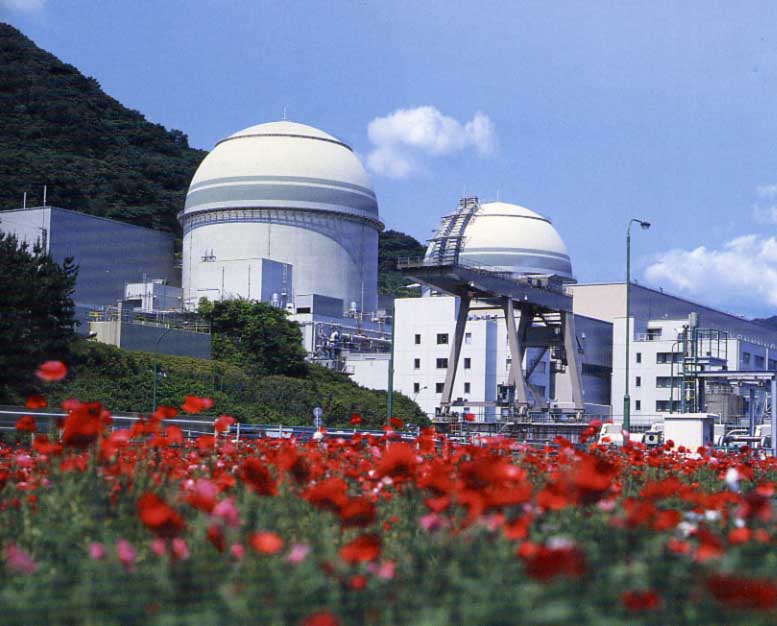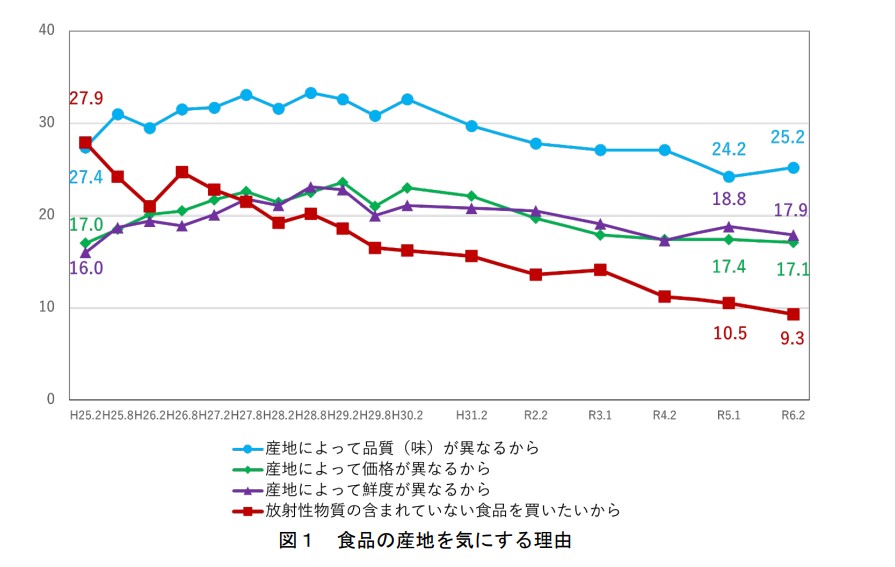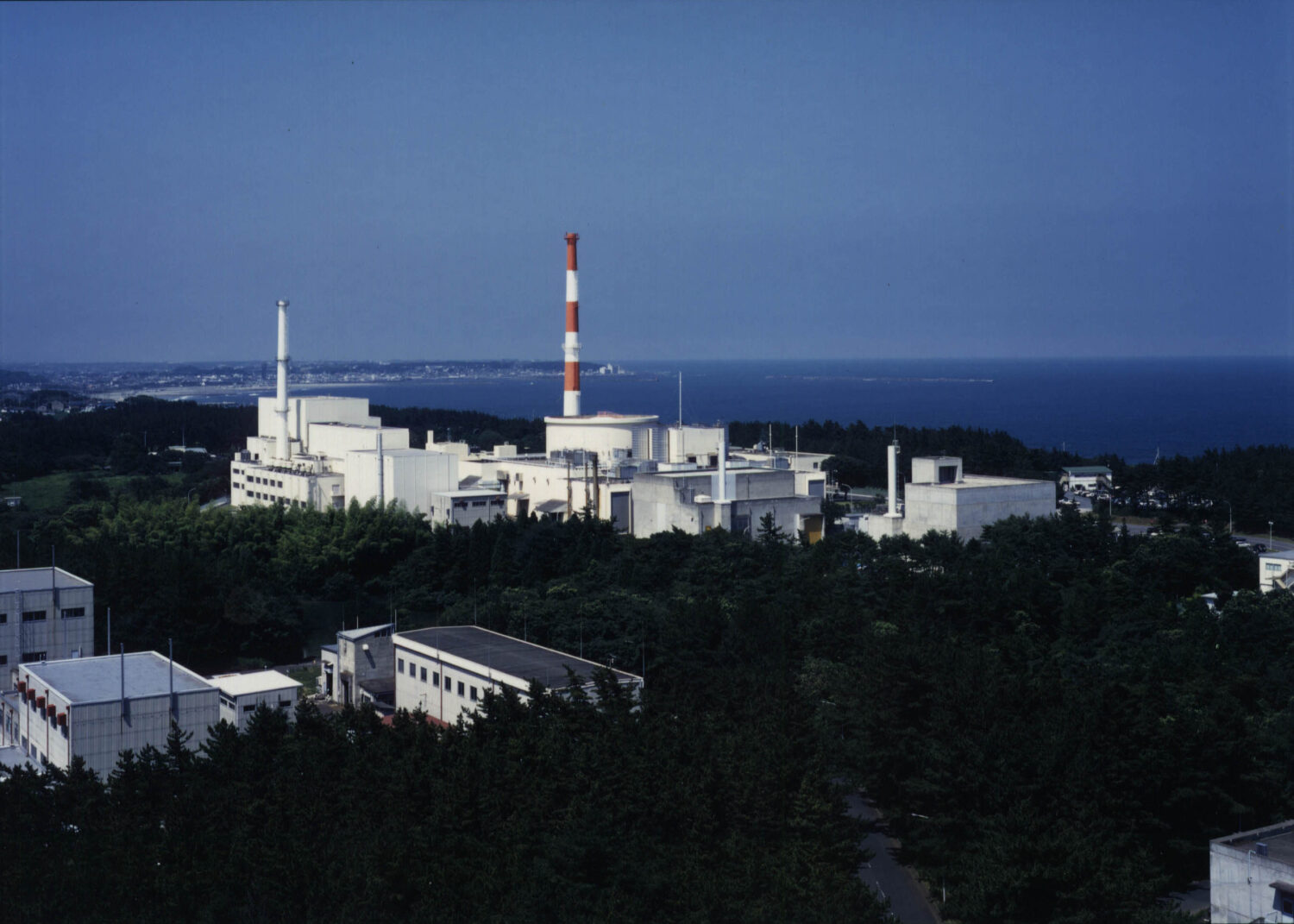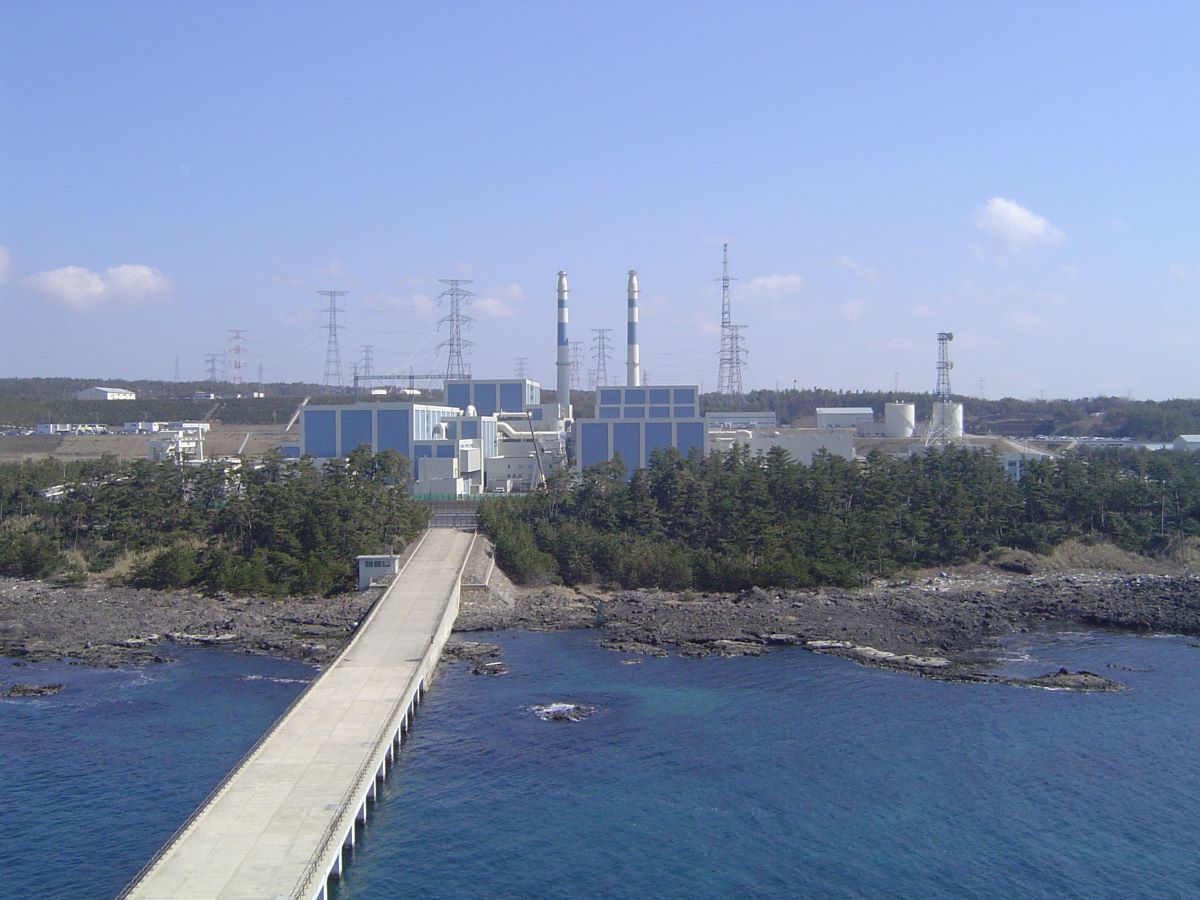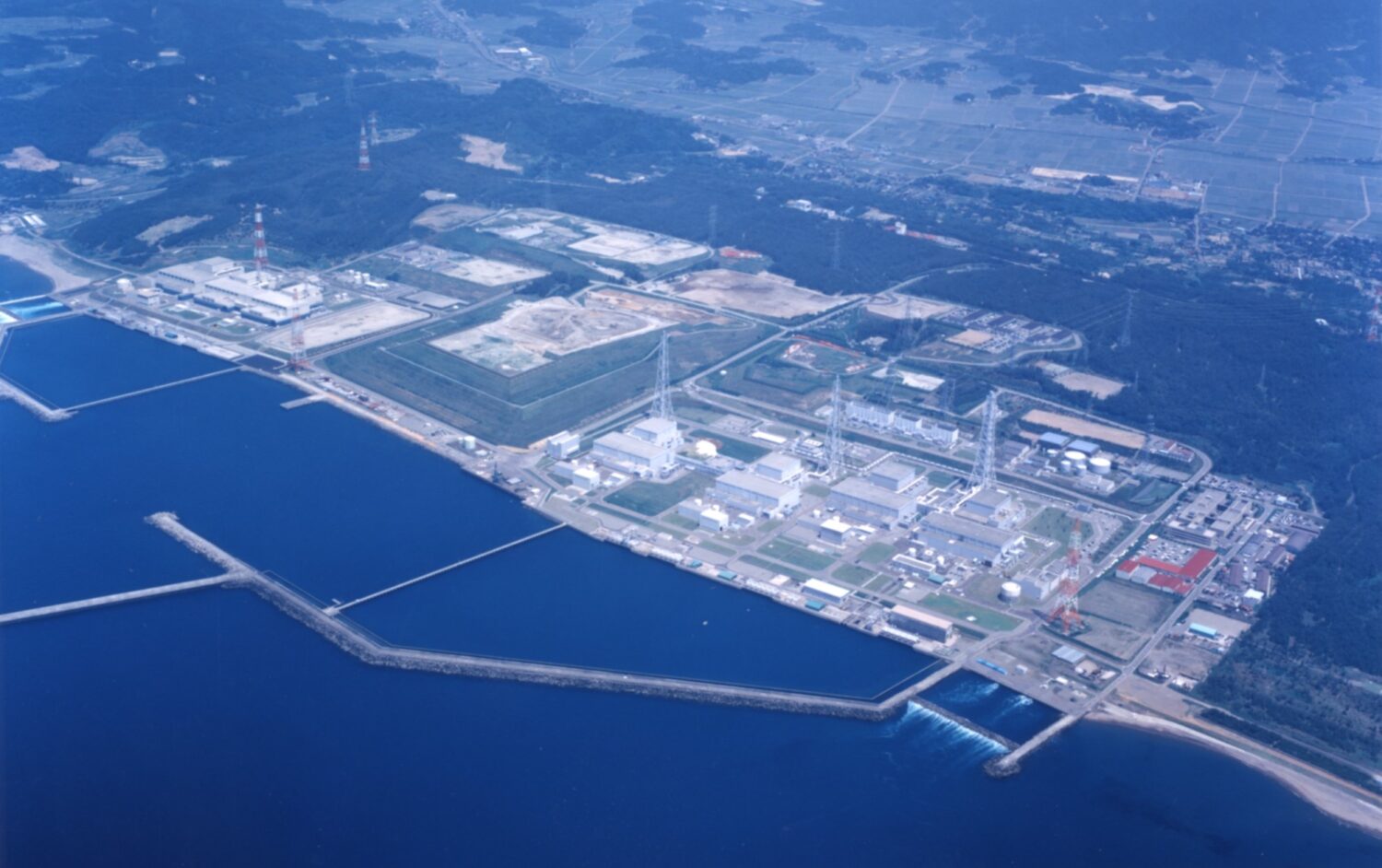The NRA will next select which BWR plants should be given priority in the examination. However, it will be restricted to examining facilities, including reactor buildings, as there is no sign yet when it will finish examining standard ground motion (Ss), the basis for seismic design.
The NRA has already finished joint examinations for BWRs whose applications had been filed early, checking on common matters. Those reactors are listed below:
- Onagawa-2 (BWR, 825MWe), owned and operated by the Tohoku Electric Power Co. in Miyagi Prefecture (northern Honshu).
- Kashiwazaki-Kariwa-6 and -7 (ABWRs, 1356MWe each), owned and operated by TEPCO in Niigata Prefecture (Sea of Japan coast, northern Honshu).
- Hamaoka-4 (BWR, 1137MWe), owned and operated by the Chubu Electric Power Co. in Shizuoka Prefecture (central Honshu).
- Shimane-2 (BWR, 820MWe), owned and operated by the Chugoku Electric Power Co. in Shimane Prefecture (western Honshu).
The NRA will next decide which plants to examine first, after reconfirming how long it will take for the power companies to respond on such major issues as measures to prevent severe accidents, including damage to nuclear containment vessels and reactor cores.
Sendai-1 and -2, owned and operated by the Kyushu Electric Power Co. in Kagoshima Prefecture (southern Kyushu), and the Takahama-3 and -4, owned and operated by the Kansai Electric Power Co. in Fukui Prefecture (Sea of Japan coast, central Honshu) have already cleared NRA examinations, but each of them is a pressurized water reactor (PWR). No BWR has received clearance as yet.
In the case of those PWRs, the NRA similarly placed priority on examining Sendai-1 and -2 so that it could apply the results in other PWRs.



-1.png)








.jpg)


